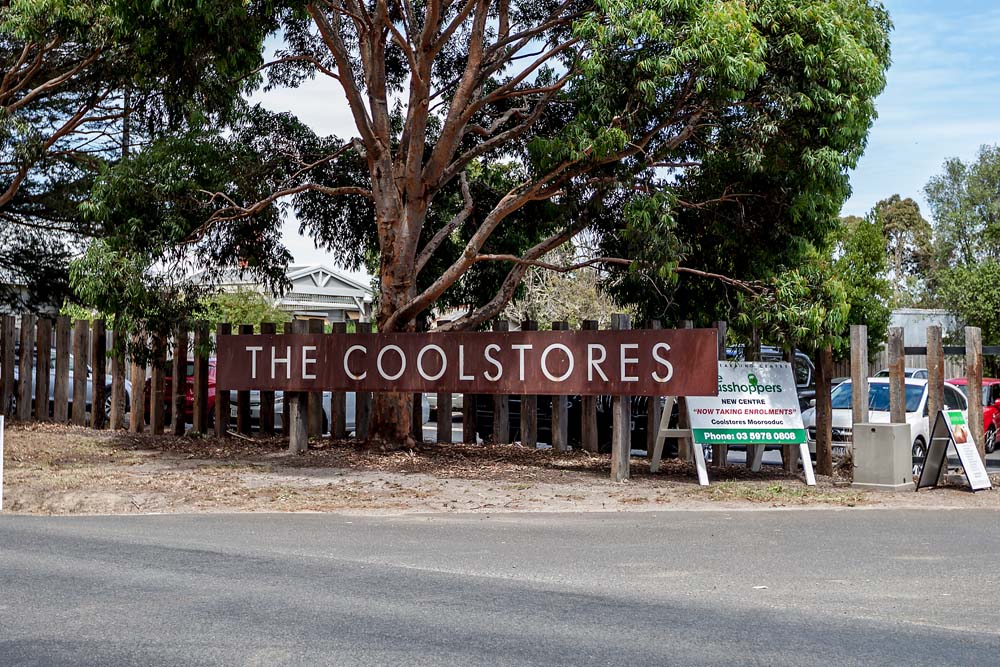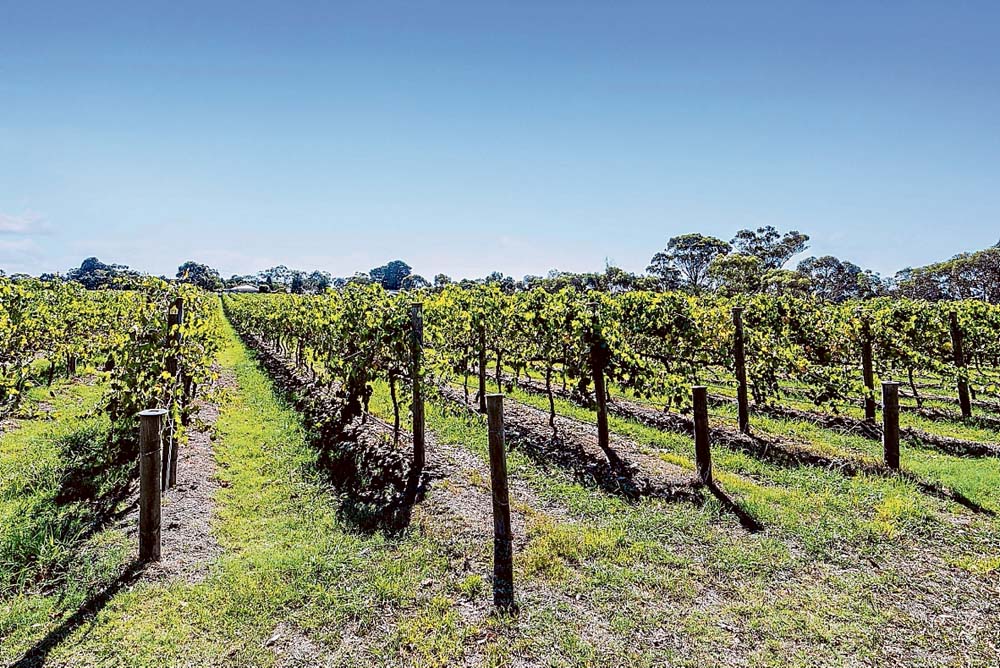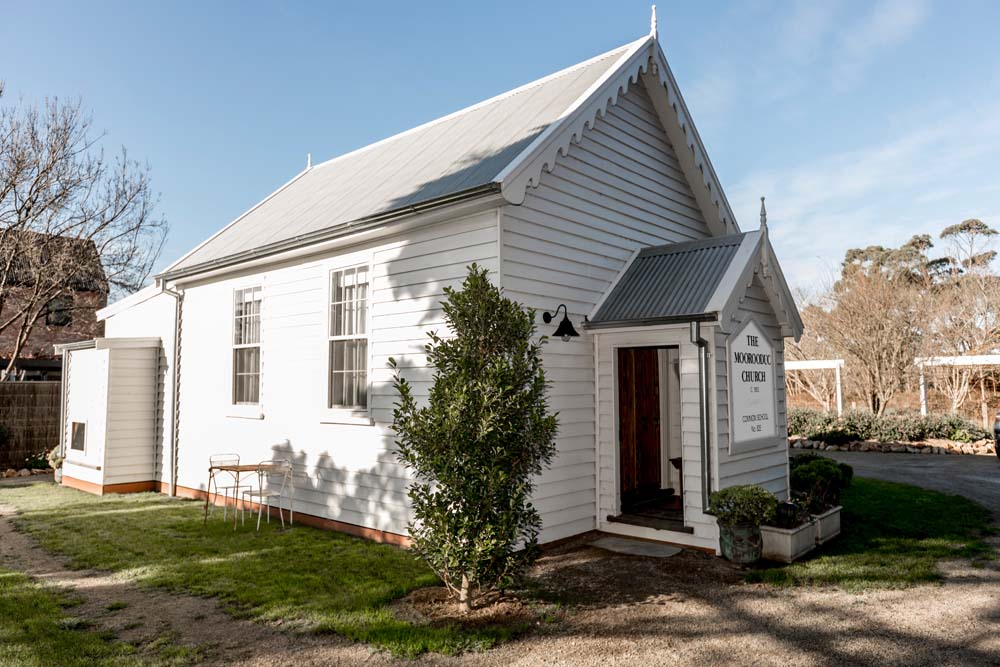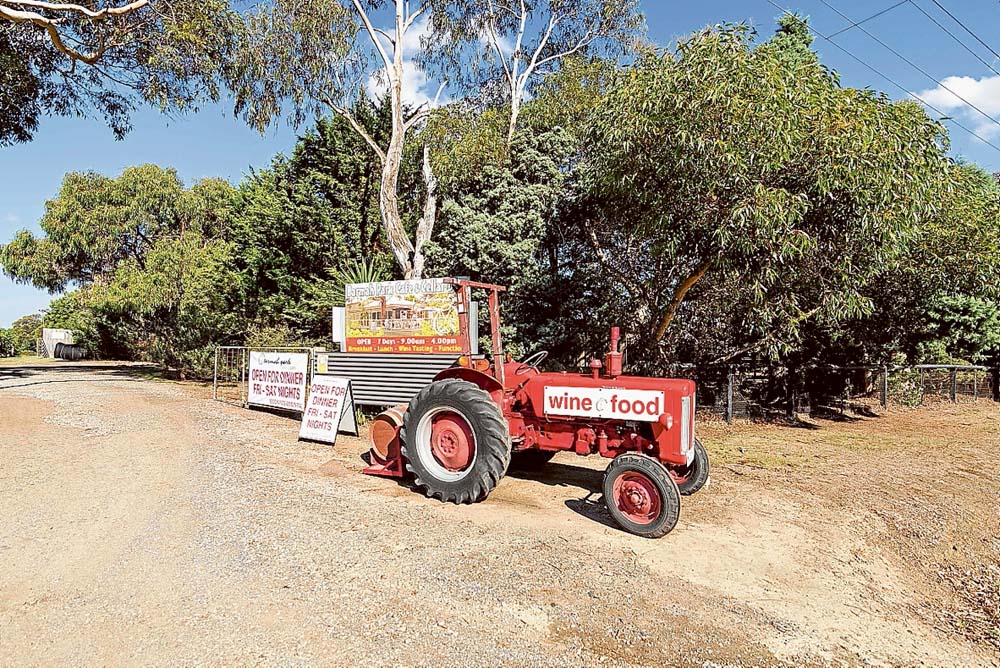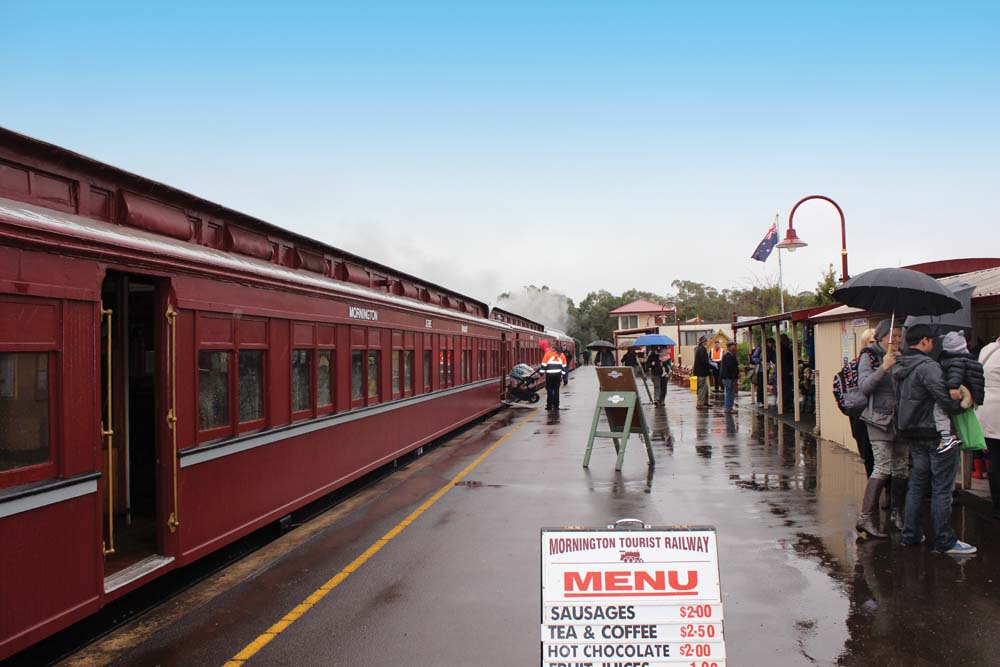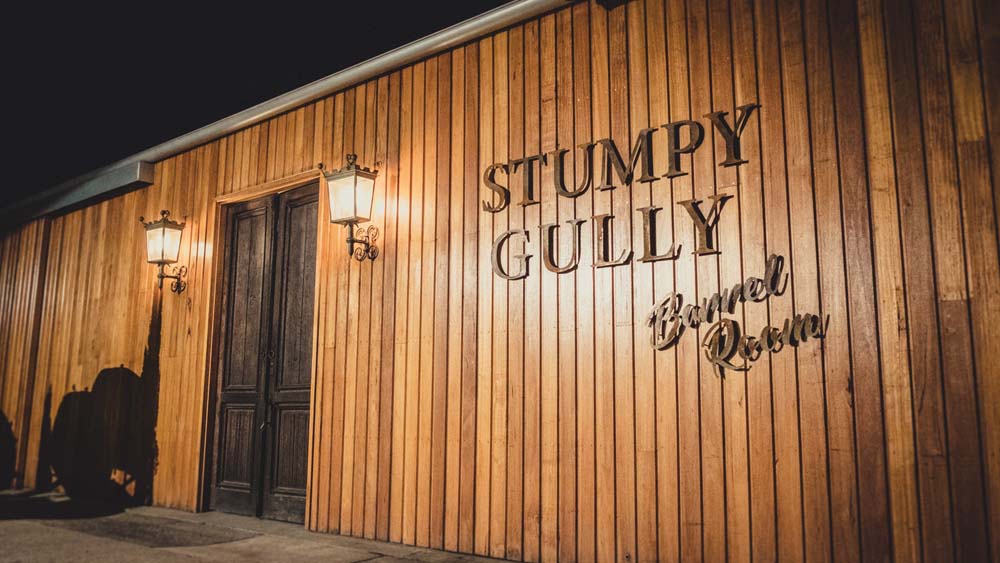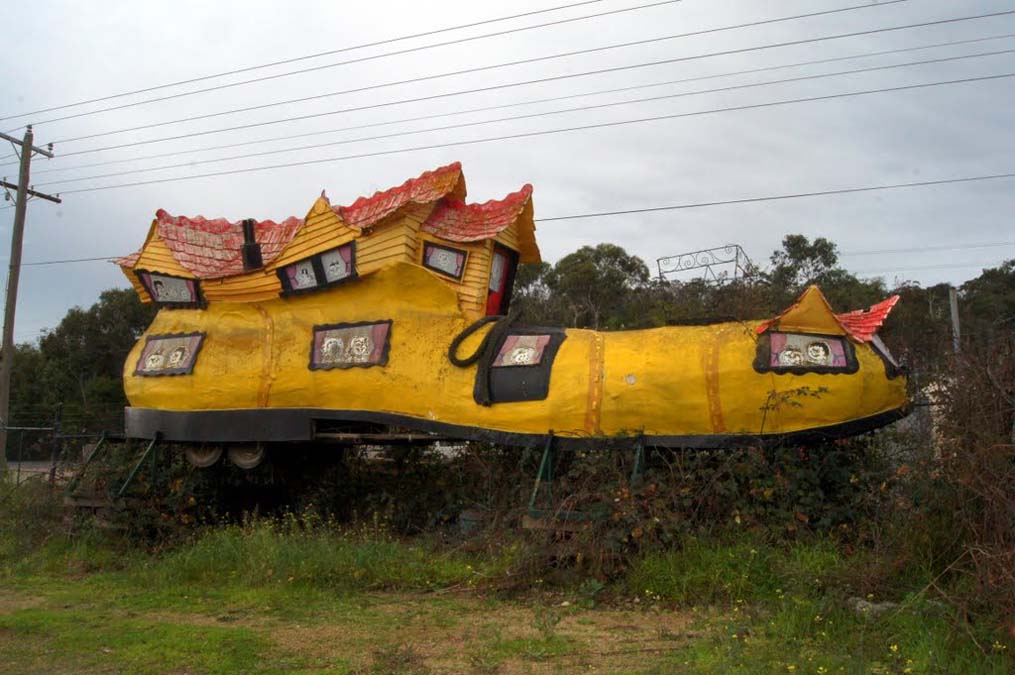Moorooduc is a small Victorian locality within the local government area of Mornington Peninsula, it is located approximately 47kms from the capital Melbourne covering an area of 42.88 square kilometres.
Moorooduc is a small Victorian locality within the local government area of Mornington Peninsula, it is located approximately 47kms from the capital Melbourne covering an area of 42.88 square kilometres.
The Mornington Railway Preservation Society operates steam and diesel train services from Moorooduc Railway Station on weekends and public holidays.
A short walk from Moorooduc railway station is the Moorooduc Quarry Flora and Fauna Reserve.
Moorooduc Primary School (No. 2327) opened on 1 November 1880, on the current site located on Mornington-Tyabb Road.
Golfers play at the Devilbend Golf Club on Loders Road and Moorooduc Saddle Club is located on Derril Road.
Moorooduc is named from an Aboriginal word meaning “flat and swampy” or “dark”.
The first settlers on the Moorooduc plains were timber cutters who brought their bullock teams and camped in tents while they harvested wood. This was brought into Mornington to be shipped from the Mornington jetty to the fledgling township of Melbourne by sea, to be used for building bridges, jetties, railway lines and to fire the bakers’ ovens.
Benjamin Baxter won the contract to supply the pylons for the Schnapper Point jetty. He sourced his timber from the Moorooduc forest, which was well wooded with eucalypts, she-oak, wattle and box.
Moorooduc became an agricultural community with many of the farmers also holding slaughtering licenses.
The fruit growing industry was important to the Moorooduc district and contributed to the stable prosperity of the area. The blossoming orchards in spring and the fruit-laden trees in autumn attracted many day trippers to the district. First plantings occurred about 1860.
The Two Bays Nurseries and Orchard Company of Moorooduc became one of the biggest retail nurseries in the Southern hemisphere, exporting trees to Argentina and Japan as well as all over Australia.
Built in 1863, a small wooden church standing on the Moorooduc Highway south of Tyabb Road had been beautifully restored and is now a gorgeous B&B.This church and was also to be used as the first Moorooduc school.
In 1916 Moorooduc celebrated the opening of their new hall, known locally as “The Brick Hall” to distinguish it from the early “Tin Hall”.
There was an old woman who lived in a shoe, the big, yellow show located on Moorooduc Highway was originally built by the Bata Shoe Company in 1967 and it was used in the Australia Day Parade in Frankston and as a float in the Moomba Parade in Melbourne, in that year. After reaching its useful life, it was apparently bought and donated to the Two Bays Garden Centre where it remains to this day.
Today the median property price for Moorooduc is $1.9 million.
Moorooduc has a recorded population of 1103 residents.
Coffee Safari
Apple Espresso
630 Moorooduc Hwy
Great food and coffee in a relaxed and chilled atmosphere.
Doppiozero @ The Coolstores
475 Moorooduc Hwy
Italian cuisine with some of the best coffee to match.
Master Jack Café
8/475 Moorooduc Hwy
House made healthy, fresh and flavoursome food including a great sweet selection served with a wholesome, friendly vibe.
Barmah Park restaurant and cellar door
945 Moorooduc Hwy
Breakfasts and modern Australian lunches or a coffee in a relaxed cafe with a deck overlooking the vineyards.
What to do
At the centre of the peninsula, Moorooduc offers a plethora of interesting things to do from checking out the boutique wineries, to the history of the famous Coolstores, to taking a ride on the Mornington Heritage Railway which has its home at Moorooduc station.
Also at the station is the family-friendly makers market, held on the first Sunday of each month.
Why not head to a winery such as Stumpy Gully Vineyard, Phaedrus Estate or Barmah Park for a smooth sip of local vino and a snack amongst the vines?
Moorooduc is truly the peninsula’s hidden treasure.

